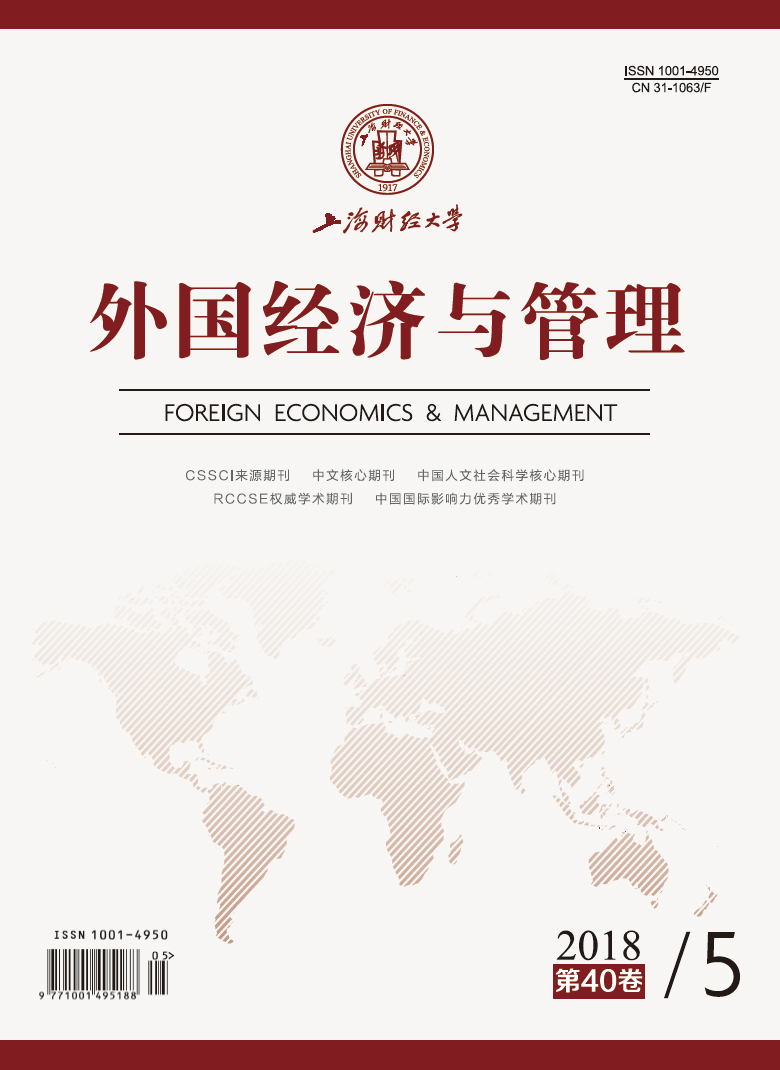We firstly recognize that the core concepts of the diversity management paradigm have evolved from diversity to inclusion, while research orientation has also evolved from focusing on diversity to focusing on inclusion, forming the concept system of inclusion consisting of inclusion, inclusive organization, inclusive climate, inclusive leadership and so forth. According to the process of concept evolvement, this paper teases out the development course of diversity management paradigms. It goes through four stages totally from the 1960s to present, including passive response phase during the period from 1960s to 1980s, positive avoidance phase during the period from 1980s to 1990s, active utilization phase during the period from 1990s to the beginning of the 21st century, and harmonious coexistence phase since the beginning of 21st century. In line with the development stages, this paper draws out four kinds of diversity management paradigms, respectively corresponding to compliance, homogeneity, heterogeneity, and inclusion management paradigms. And it also reveals the evolution mechanism of those management paradigms. It finds out that the appearance of each paradigm is not isolated but correlative. During the passive response phase, the legislation pressure on diversity from governments forces the generation of compliance paradigm; during the positive avoidance phase, those workplace management problems caused by the implementation of compliance paradigm then facilitates the formation of homogeneity paradigm, which concerns the negative attributes of diversity; due to the incapability of homogeneity paradigm in dealing with the competitive stresses during the next active utilization phase, heterogeneity paradigm concerning the positive attributes of diversity has been aroused; during the present phase of harmonious symbiosis, as homogeneity paradigm and the existing dual-contradictory view are not appropriate to well treat with the current environmental pressures, it contributes to the emergence of inclusion paradigm, which centers on balancing the duality of diversity. On that basis, this paper further refines and compares the characteristics of each diversity management paradigm in the aspects of main objective, core proposition and key strategy. The contributions of this paper not only lie in the extraction of diversity management paradigms, revealing its evolution venation and mechanism, but also rest on the excavation of the derived logic and core elements of inclusion paradigm. The research results could help researchers to inspect and seize the necessity, importance and research direction of inclusive management following the evolution law, and then lay the historical and theoretical foundations for the improvement of inclusive management research. In addition, they could also benefit enterprises to be aware of and understand the strategies, functions and limitations of different management paradigms, and then provide implications and inspirations for Chinese enterprises from a perspective of inclusion to explore the ways to settle the common and unique diversity management issues.
 / Journals / Foreign Economics & Management
/ Journals / Foreign Economics & ManagementForeign Economics & Management
LiZengquan, Editor-in-Chief
ZhengChunrong, Vice Executive Editor-in-Chief
YinHuifang HeXiaogang LiuJianguo, Vice Editor-in-Chief
From ‘Diversity’ to ‘Inclusion’: The Evolution of Diversity Management Paradigm and Prospects
Foreign Economics & Management Vol. 40, Issue 05, pp. 127 - 140 (2018) DOI:10.16538/j.cnki.fem.2018.05.010
Summary
References
Summary
[1]Wang Yanfei, Fan Mengsha, Zhu Yu. A Literature Review of Diversity and Equality Management System[J]. Foreign Economics & Management,2017, 39(10): 40-52
2 Bell M P, Özbilgin M F, Beauregard T A, et al. Voice, silence, and diversity in 21st century organizations: Strategies for inclusion of gay, lesbian, bisexual, and transgender employees[J]. Human Resource Management, 2011, 50(1): 131–146. DOI:10.1002/hrm.v50.1
5 Fiol C M, Pratt M G, O’Connor E J. Managing intractable identity conflicts[J]. Academy of Management Review, 2009, 34(1): 32–55. DOI:10.5465/amr.2009.35713276
6 Gonzalez J A, DeNisi A S. Cross-level effects of demography and diversity climate on organizational attachment and firm effectiveness[J]. Journal of Organizational Behavior, 2009, 30(1): 21–40. DOI:10.1002/job.v30:1
7 Guillaume Y R F, Dawson J F, Priola V, et al. Managing diversity in organizations: An integrative model and agenda for future research[J]. European Journal of Work and Organizational Psychology, 2014, 23(5): 783–802. DOI:10.1080/1359432X.2013.805485
8 Hwang J, Hopkins K M. A structural equation model of the effects of diversity characteristics and inclusion on organizational outcomes in the child welfare workforce[J]. Children and Youth Services Review, 2015, 50: 44–52. DOI:10.1016/j.childyouth.2015.01.012
10 Li C R, Lin C J, Tien Y H, et al. A multilevel model of team cultural diversity and creativity: The role of climate for inclusion[J]. Journal of Creative Behavior, 2017, 51(2): 163–179. DOI:10.1002/jocb.2017.51.issue-2
11 Mamman A, Kamoche K, Bakuwa R. Diversity, organizational commitment and organizational citizenship behavior: An organizing framework[J]. Human Resource Management Review, 2012, 22(4): 285–302. DOI:10.1016/j.hrmr.2011.12.003
14 Ortlieb R, Sieben B. The making of inclusion as structuration: Empirical evidence of a multinational company[J]. Equality, Diversity and Inclusion: An International Journal, 2014, 33(3): 235–248. DOI:10.1108/EDI-06-2012-0052
15 Parrotta P, Pozzoli D, Pytlikova M. The nexus between labor diversity and firm’s innovation[J]. Journal of Population Economics, 2014, 27(2): 303–364. DOI:10.1007/s00148-013-0491-7
16 Sabharwal M. Is diversity management sufficient? Organizational inclusion to further performance[J]. Public Personnel Management, 2014, 43(2): 197–217. DOI:10.1177/0091026014522202
Cite this article
Qu Jiaojiao, Zhao Shuming. From ‘Diversity’ to ‘Inclusion’: The Evolution of Diversity Management Paradigm and Prospects[J]. Foreign Economics & Management, 2018, 40(5): 127-140.
Export Citations as:
For
ISSUE COVER
RELATED ARTICLES




 , 1, 2
, 1, 2 8110
8110  9718
9718

